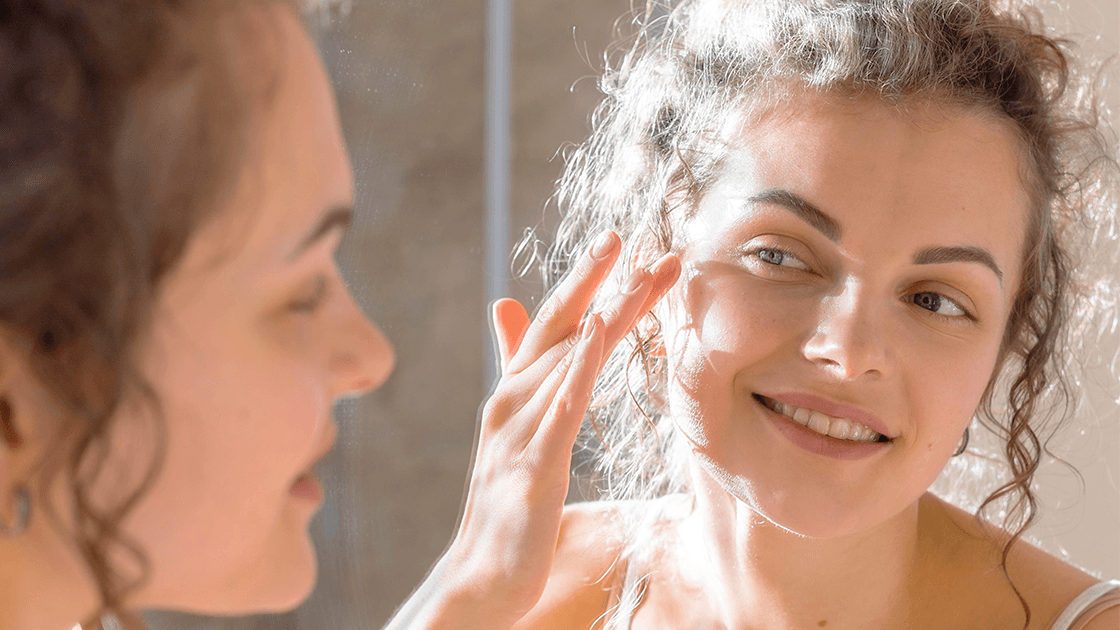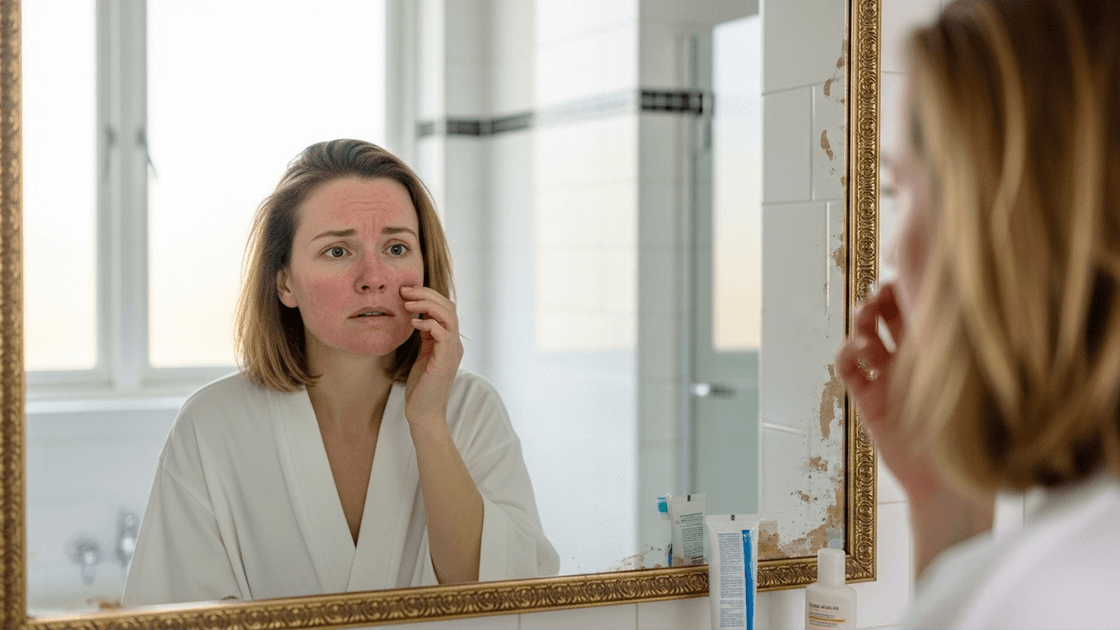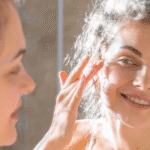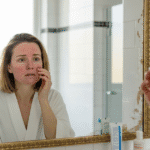1. Introduction: Understanding the Importance of Upper Lip Hair Removal
Unwanted upper lip hair, though common, can affect self-confidence and cause ongoing discomfort. For many, especially women, removing facial hair becomes a routine task—often involving painful or short-term solutions. In the age of medical aesthetics, laser technology has emerged as a precise, long-lasting, and relatively painless alternative. This blog explores how laser hair removal revolutionizes upper lip grooming and what makes it a top choice for long-term facial hair management.
1.1 Why People Choose Upper Lip Hair Removal
Upper lip hair is one of the most frequently treated areas in cosmetic dermatology. Social, cultural, and professional pressures often compel individuals to maintain a hair-free upper lip. Frequent waxing, threading, and bleaching can cause skin damage over time, including pigmentation and sensitivity. Laser hair removal offers a permanent reduction method with fewer long-term skin concerns, making it an attractive option.
1.2 The Growing Popularity of Laser Hair Removal
Advancements in laser technology, combined with increased accessibility and affordability, have made this treatment mainstream. Clinics now use a variety of laser platforms, including diode, alexandrite, and Nd:YAG lasers, each suitable for different skin and hair types. According to the American Society for Dermatologic Surgery, laser hair removal ranks among the top non-invasive cosmetic procedures worldwide.
2. The Basics of Laser Hair Removal
Understanding how laser hair removal works is key to making an informed decision. This section breaks down the science and regulatory status of laser hair removal.
2.1 What Is Laser Hair Removal?
Laser hair removal is a medical procedure that uses a concentrated beam of light (laser) to remove unwanted hair. The laser emits light absorbed by the pigment (melanin) in the hair. The light energy is converted to heat, which damages the hair follicles—tubular sacs within the skin responsible for hair production.
2.2 How It Works on Melanin in Hair Follicles
Melanin acts as a chromophore, absorbing laser energy and transferring it as heat to the hair follicle. This heat disables the follicle, delaying or preventing future hair growth. Since melanin concentration is higher in darker hair, individuals with light skin and dark hair typically experience the most effective results. However, newer lasers with longer wavelengths and advanced cooling mechanisms allow safe treatment across a range of skin tones.
2.3 Safety and FDA Approval
Laser hair removal devices are classified as medical devices and are regulated by the U.S. Food and Drug Administration (FDA). Most professional-grade devices, such as the Lumenis LightSheer and Candela GentleMax, are FDA-cleared for permanent hair reduction. Clinical studies show that trained professionals can perform laser hair removal with a high safety margin and excellent efficacy when following proper protocols.
3. How Does Laser Hair Removal Target Upper Lip Hair?
3.1 Precision Targeting with Focused Light Energy
Laser hair removal uses targeted light energy to specifically zero in on the pigment in hair follicles without damaging nearby skin. On the upper lip, where the skin is delicate and the area is small, precision is crucial. Devices employ spot sizes as small as 3–5 mm for this purpose. Advanced lasers like diode and alexandrite systems offer precise wavelength control to ensure effective targeting while reducing the risk of burns or hyperpigmentation.
3.2 Adapted for Facial Hair Thickness and Skin Sensitivity
Upper lip hair is usually finer and less pigmented than leg or underarm hair, making it more challenging to treat. Practitioners adjust the laser’s fluence (energy level) and pulse duration to match the characteristics of the facial hair. Additionally, because the face is more exposed and prone to sensitivity, pre-treatment cooling and post-treatment soothing gels are typically applied to reduce inflammation and improve comfort. This customization reduces side effects while improving outcomes.
3.3 The Hair Growth Cycle and Timing of Treatments
Hair grows in cycles, and only hairs in the active (anagen) phase can be effectively treated by laser. Since not all hairs are in the same phase at any given time, multiple treatments are necessary to achieve optimal results. Sessions are spaced every 4 to 6 weeks to align with the next wave of active follicles. This approach ensures a progressive reduction in hair density, typically achieving significant results after 6–8 sessions.
3.4 Suitability for Different Skin Tones
Historically, laser hair removal was safest and most effective for individuals with light skin and dark hair. Today, technology has evolved to include safe options for all skin tones. Nd:YAG lasers, with their longer wavelengths, bypass the melanin-rich surface of darker skin and reach the hair follicle safely. A consultation and test patch are recommended before beginning treatment, especially for patients with Fitzpatrick Skin Types IV to VI, to customize settings and avoid complications.

4. Benefits of Laser Hair Removal for Upper Lip
4.1 Long-Term Solution
Laser hair removal offers lasting results by damaging the root of the hair follicle. After completing the recommended number of sessions, most patients experience a 70–90% reduction in hair growth. Any regrowth that does occur is usually finer and lighter. This long-term solution drastically reduces the need for frequent maintenance, making it a cost-effective and time-saving choice over time.
4.2 Minimal Pain and Discomfort
Though the upper lip is sensitive, modern laser systems are designed with integrated cooling systems like contact cooling, cryogen sprays, or cold air jets. These features work in tandem with adjustable energy settings to reduce discomfort. Most patients describe the sensation as mild—a quick sting or snap that lasts only a second. For especially sensitive individuals, topical anesthetic creams may be used to numb the area before treatment.
4.3 Precision and Speed
The small treatment area means upper lip sessions are quick—often under 10 minutes. Despite the speed, precision remains uncompromised. The laser can differentiate hair from surrounding skin with high accuracy, ensuring maximum follicular damage while preserving skin integrity. This makes it ideal for patients with busy schedules who want fast, effective treatments with minimal downtime.
4.4 Reduced Ingrown Hairs and Skin Irritation
Conventional methods like waxing and threading can cause repeated trauma to the skin, leading to ingrown hairs, redness, or even scarring. Laser hair removal significantly reduces these issues by treating the hair at the root and eliminating the need for manual extraction. As a result, patients enjoy smoother skin with fewer breakouts, irritation, or inflammation, especially beneficial for those prone to folliculitis or sensitive skin reactions.
5. Potential Risks and Side Effects
While laser hair removal is generally safe, like any cosmetic procedure, it comes with some potential risks and side effects. Understanding these can help manage expectations and minimize complications.
5.1 Common Temporary Effects
Most patients experience mild redness and swelling in the treated area right after the procedure. This is a normal reaction and typically subsides within a few hours to a day. Some may feel slight discomfort, like a sunburn sensation, which usually disappears within a few hours. It’s also possible for some people to develop temporary hyperpigmentation (darkening) or hypopigmentation (lightening) in the skin, though these effects are rare and generally resolve with time.
5.2 Rare Complications
In rare cases, more serious side effects can occur, such as blistering, scarring, or changes in skin texture. These are usually the result of improper settings, untrained technicians, or post-treatment care neglect. Burns can also occur if the skin is exposed to too much heat, particularly in sensitive areas like the upper lip. However, these risks are minimal when the treatment is performed by an experienced professional.
5.3 How to Minimize Risks with a Certified Technician
To avoid complications, it’s crucial to select a certified, experienced technician or dermatologist who uses FDA-approved equipment and follows all safety protocols. A professional will assess your skin type, hair color, and medical history to adjust the treatment settings accordingly, minimizing risks. Always ensure that the clinic maintains a high standard of hygiene and that the technician is well-trained in handling the specific laser device used for the procedure.
6. Aftercare Essentials of an Upper Lip Laser Session
Proper aftercare is vital to ensure the best results and minimize any potential side effects after an upper lip laser treatment.
6.1 Immediate Post-Treatment Instructions
Immediately after the procedure, it’s recommended to apply a soothing gel or ice pack to the treated area to reduce redness and swelling. Avoid touching or rubbing the area to prevent irritation. It’s normal to experience some mild discomfort, which can be managed with over-the-counter pain relievers like ibuprofen.
6.2 Skincare Products to Use or Avoid
For the first 24-48 hours, avoid using any harsh skincare products, including exfoliants, retinols, or chemical peels, as they can irritate the treated skin. Opt for gentle, hydrating products like aloe vera gel or hyaluronic acid serums. Make sure to use fragrance-free moisturizers to reduce the risk of allergic reactions or sensitivity.
6.3 Sun Protection and Makeup Guidance
After treatment, the skin is more sensitive to the sun. It’s essential to apply a broad-spectrum SPF 30 or higher every day, even if you are indoors, to protect against pigmentation changes. Avoid direct sun exposure for at least two weeks following treatment. If you need to wear makeup, choose mineral-based, non-comedogenic formulas to avoid clogging pores or causing further irritation.
6.4 When to Resume Other Hair Removal Methods
Laser hair removal weakens hair follicles, so it’s essential not to wax, tweeze, or thread the treated area until the follicles are no longer capable of growing hair. It’s usually safe to resume shaving a few days after the procedure if necessary, but waxing and tweezing should be avoided for several weeks.
7. Conclusion: Is Laser Hair Removal for Upper Lip Worth It?
Laser hair removal offers a precise, long-lasting solution to unwanted upper lip hair. With its ability to provide permanent hair reduction, it eliminates the need for time-consuming methods like waxing or threading. The procedure is quick, effective, and relatively pain-free, making it an appealing option for those looking for a hassle-free grooming experience. However, it’s crucial to consult with a licensed professional and understand the risks, costs, and aftercare involved. When performed correctly, laser hair removal is an excellent investment for smooth, hair-free skin in the long run.
8. FAQs: Common Questions about Upper Lip Laser Hair Removal
Q1. Can laser hair removal help with fine or light upper lip hair?
Yes, laser hair removal can effectively target fine or light upper lip hair, particularly with advanced technologies like the Alexandrite laser, which is better suited for lighter hair colors.
Q2. Why do I need multiple sessions for permanent results?
Hair grows in cycles (anagen, catagen, telogen). Laser hair removal is most effective during the anagen (growth) phase. Since not all hair follicles are in this phase simultaneously, multiple sessions ensure comprehensive coverage and permanent reduction.
Q3. Can I continue to wear makeup after the procedure?
While makeup can be applied post-treatment, it is advised to use non-comedogenic, gentle products to avoid irritation. It’s best to avoid heavy makeup immediately after treatment.
Q4. What if I have sensitive skin—will laser hair removal work for me?
Yes, but it’s important to consult a certified technician beforehand. They can adjust the laser settings and ensure proper cooling mechanisms are used to minimize any discomfort or risk of irritation for sensitive skin types.
Q5. Is there any downtime after the procedure?
Laser hair removal for the upper lip typically requires no downtime. However, mild redness and swelling may occur, which usually subsides within a few hours to a day. It’s crucial to follow aftercare instructions for the best results.
9. References
Laser Treatment in Hirsutism: An Update:
https://pmc.ncbi.nlm.nih.gov/articles/PMC7190465
Laser Hair Removal: Mechanisms and Applications:
https://www.openaccessjournals.com/articles/laser-hair-removalmechanisms-and-complications.pdf
Efficacy and safety of diode laser for facial hair reduction in hirsutism—a clinico-trichoscopic evaluation:








